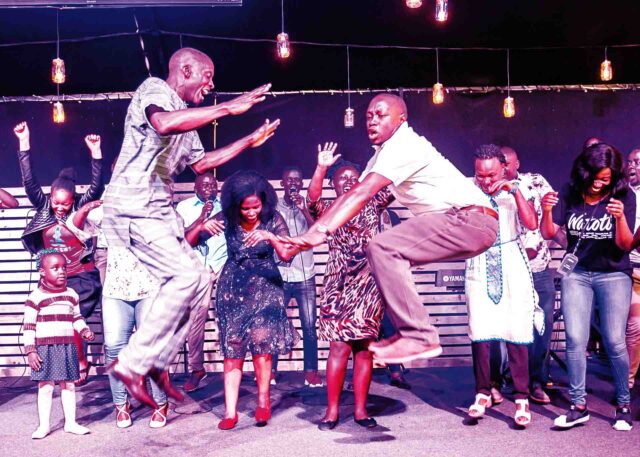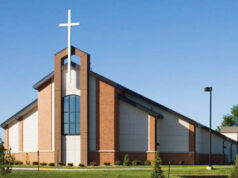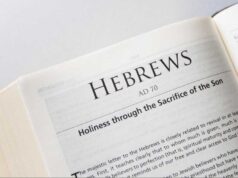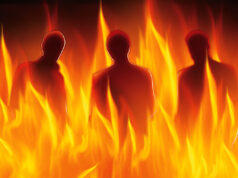QUESTION: I watched a video of a woman wildly dancing in Church during praise and worship session. She was wildly shaking her body and spinning in all angles. Isn’t this too much for a Church service? Is it allowed and isn’t there a verse in the Bible against such behaviour in Church? Is it that people have not been educated about the matter or does this woman intend to misrepresent the Born-again Christians? Thank you, Frank.
RESPONSE: Thank you my brother Frank for the question. Honestly, I also watched that video that made rounds on social media.
For a few men who are attracted by curvy women, the temptation would be unmanageable for them to concentrate and worship. It is from this angle that I would like to respond.
She served solid food
The geographical Church is not a place of only professionals and graduates in faith. It also has amateurs and ‘failures’, and these are the majority.
It is a place of both victors and victims, the strong and the weak.
Church is not a gym where majority have their bodies in shape, strong and all worked up. It is like a hospital filled with patients where in some wards, patients are recovering, while others are still in the casualty wards in a critical condition.
I compared her action to solid food because the Bible says in Hebrews 5:13-14 that: “For everyone who partakes only milk is unskilled in the word of righteousness, for he is a babe.
“But solid food belongs to those who are of full age, that is, those who by reason and practice, have their senses exercised to discern both good and evil.”
Just like there are children at home, there are also children in Church, who need to grow spiritually.
By dancing like this, the woman served solid food to the Church ‘children’ who were not spiritually mature to ignore or overlook the action.
And no wonder, it was a childish act to capture the video and share publicly.
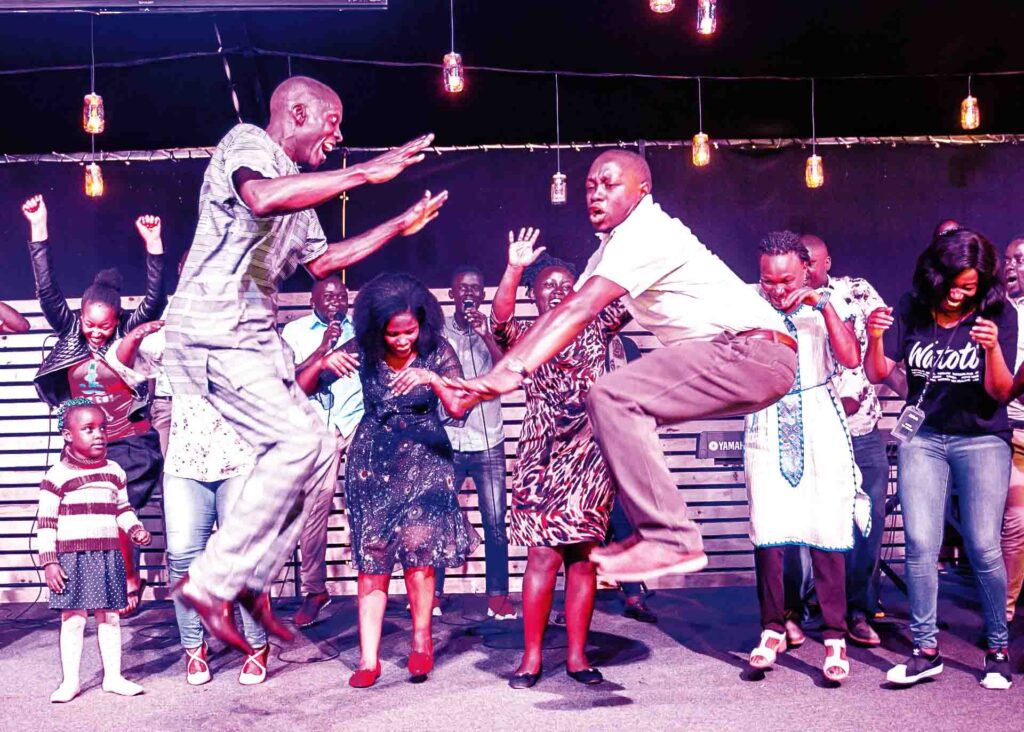
Dancing is a medium
As a Ugandan-Munyarwanda, I witnessed two kinds of dances while growing up.
One is ‘Gushakamba’, where the youth and other energetic members of society dance and play drums during their night meetings.
They dance aggressively and dramatic. The dancing session is known as ‘Igitaramo’.
The other dance is known as ‘Amaraaba’ which features largely on official ceremonies and sober meetings where adults take precedence.
The dance is soft and more cordial and gentle. And so are the lyrics of the songs.
In Uganda, there is another civil culture of the Baganda. The Ganda traditional dance is not random, and one does not participate just because they can. It is purposeful dance and a medium of communication.
The Ganda people cluster their traditional dance in four predominant dances, and the ones I know are Bakisimba, Nankasa, Muwogola and Amagunju.
In these dances, people communicate their story of life. Some are praise and worship dances, others are bedroom oriented, like the dance conducted at the ritual of twins (Okwalura abalongo), etc.
From these two cultures, we are taught what dancing is about.
Dancing is not something you do because you are excited or even feel tipsy or just because you can.
While you are naively moving your body out of excitement, those moves you make might be making or sending a message to the viewers.
The manner in which this woman was moving her waist and shaking her body in the video seems debatable.
The movements seem not to be communicating praise to God. It looks like she was twerking.
Church people need to understand that there is a complete professional discipline of dancing known as ethnochoreology.
This is an entire discipline that studies dance and dance moves and what they mean to particular groups of people (dance anthropology/dance ethnology).
So, when you insist that you are dancing to the Lord, you must know what your dance moves are communicating. Is there any praise in your dance?
Biblical stand
In the Old Testament people danced on three occasions:
1-Celebrating victory. This included dances at parties like weddings, at the palace and personal parties.
Exodus 15:20: “Then Miriam the prophet, Aaron’s sister, took a timbrel in her hand, and all the women followed her, with timbrels and dancing.”
2-Welcoming Warriors (Judges 11:34).
3-Praising God (Psalms 149:3; 150:4).
In all these dances ethnochoreology was observed to ensure that the object of worship (God) is not violated.
It is okay to dance. However, the Church must either borrow cultural praise dance or create a worship choreography to ensure that their dancing communicates the right message.
Answered by
Pr Isaiah White.
+++++++++++++++++++++++++++++++++++++++++
Subscribe to our website and be the first to receive great Christian news, health information, pastoral guidance, environment, farming and many others. Also, Like and follow us on Facebook at Good News UG.
















